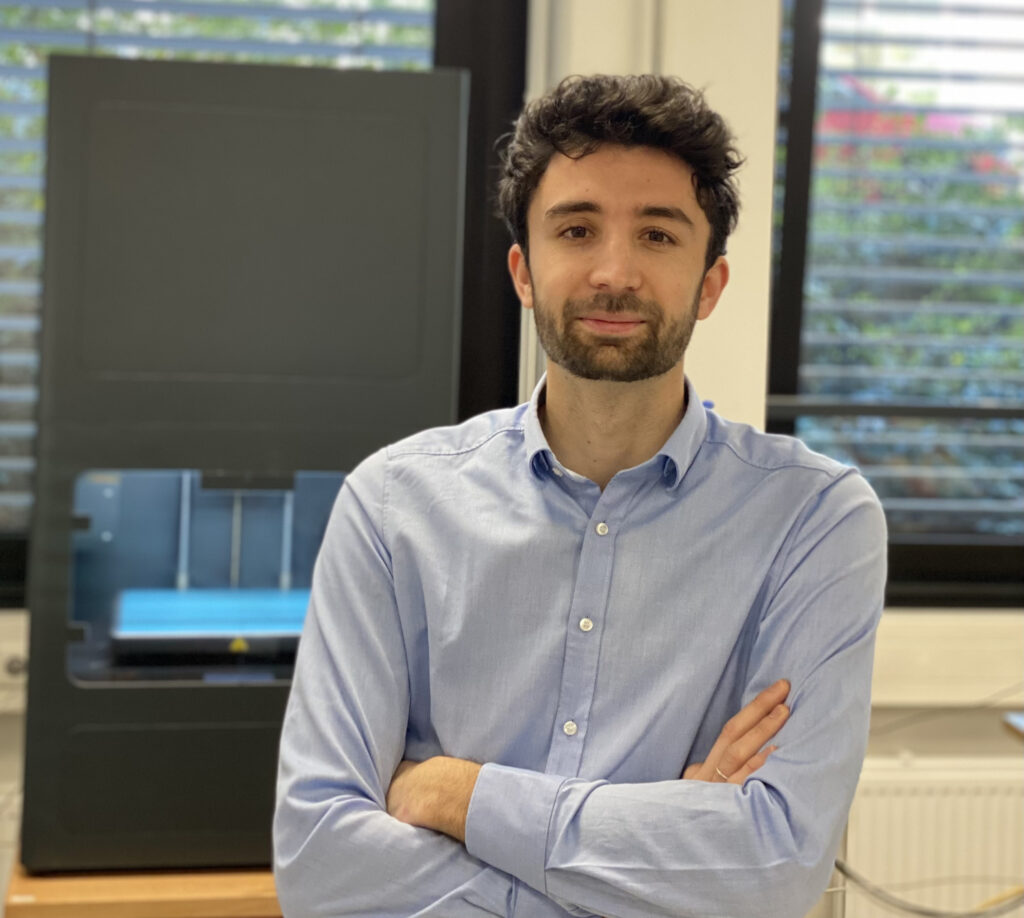
Yann Dumay joined PoreLab on January 2nd, 2025, as PhD candidate. He earned a Bachelor’s degree in Engineering Science, specialising in Physics, from the University of South Brittany, France, in 2019. Subsequently, he completed a Master’s degree in Materials Science, focusing on composite materials, at the Engineering School of Nantes, France, in 2022.
Post-graduation, Yann joined the research team at the Baden-Württemberg Cooperative State University (DHBW) in Mannheim, Germany. In 2024, he undertook an internship at PoreLab, University of Oslo (UiO), where he worked on 3D printing synthetic rock cores to observe two-phase flow phenomena.
His doctoral research is funded by the EU’s FLUXIONIC project—Controlled Transport of Water and Ions in Nanoconfinement—under the HORIZON-MSCA-DN-2022 programme. FLUXIONIC aims to train early-stage researchers in the interdisciplinary field of controlled nano-transport, encompassing transport, separation, and energy conversion processes. These processes are fundamental to non-equilibrium systems and are pivotal in developing next-generation energy materials and separation technologies.
Yann’s main supervisor is Professor Erika Eiser.
Yann presents his PhD topic as follow:
Understanding how fluids move through porous materials is central to many natural and industrial processes, yet traditional models struggle to describe the complex behaviour of multi-phase flow under non equilibrium conditions. During this PhD project, we will experimentally investigate whether concepts from statistical mechanics can be extended to describe steady-state two-phase flow in porous media.
Using microfluidic devices and 3D-printed porous structures, we experimentally track flow fluctuations at the microscale and explore whether a thermodynamic-like framework can be applied. Special attention is given to defining and testing the physical meaning of new intensive variables like “agiture,” a proposed temperature analogue that governs flow variability. The work includes imaging-based measurements, micro-PIV velocimetry, and entropy estimation via fluctuation statistics. The aim is to bridge the gap between microscopic flow behaviour and macroscopic transport models.
